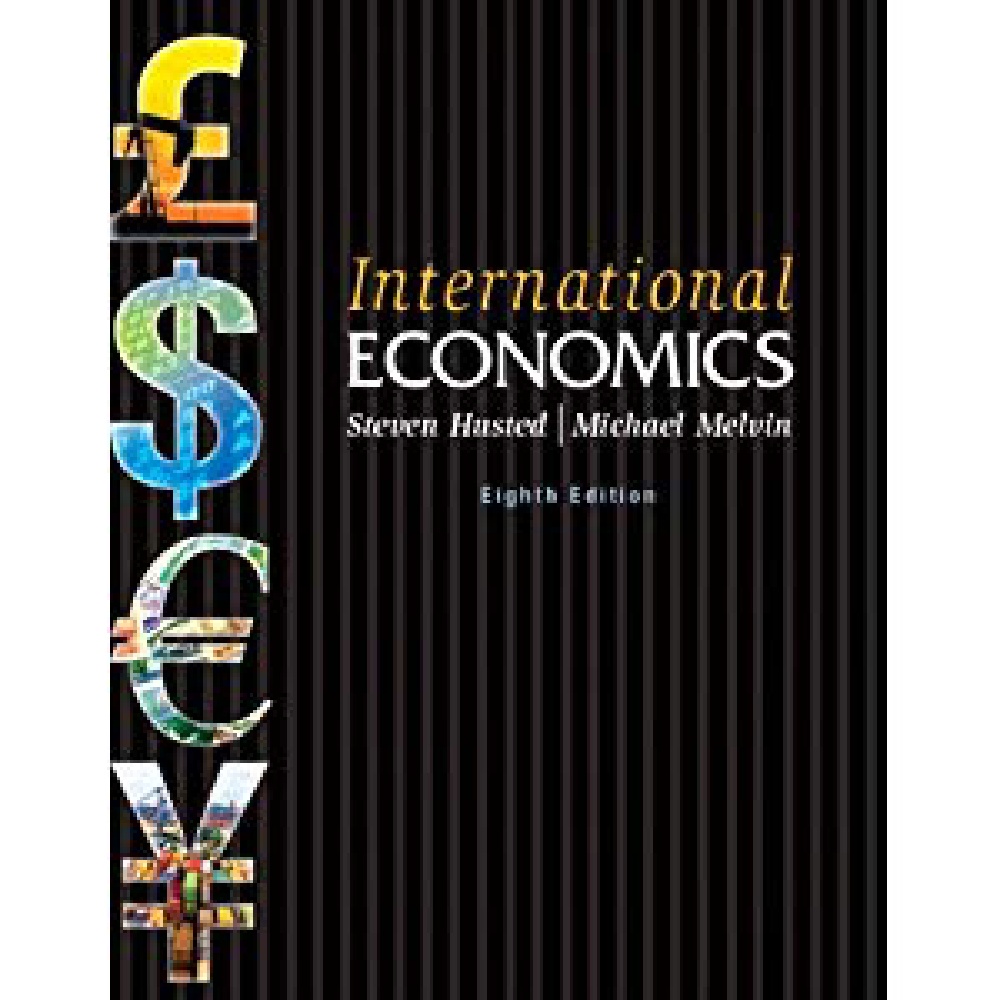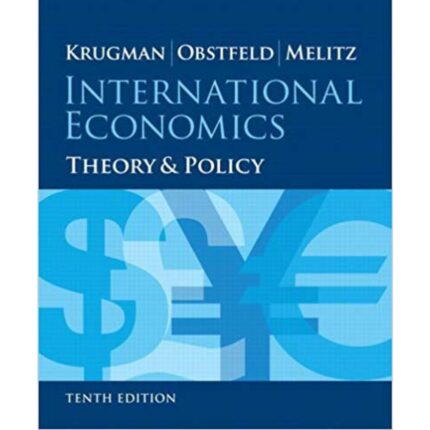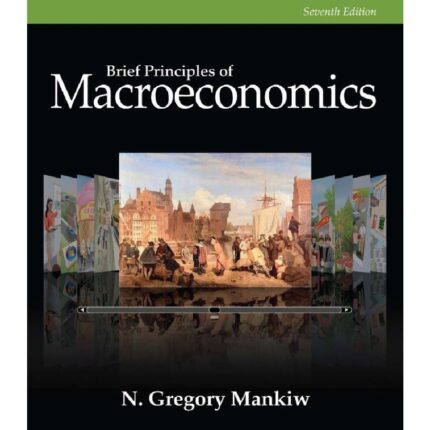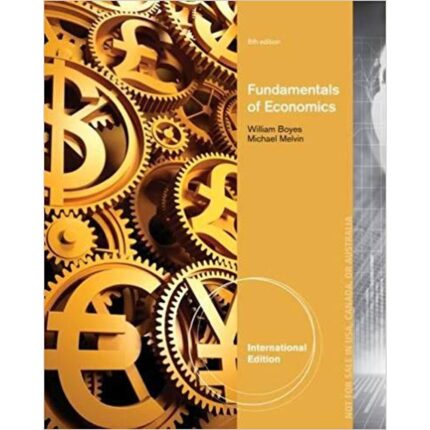Chapter 11 An Introduction to International Finance
11.1 Multiple-Choice Questions
1) The study of trade in international financial assets is called A) international economics.
B) international finance.
C) international monetary economics.
D) Both B and C.
Answer: D
2) A nation’s transactions with the rest of the world are recorded in the A) national income accounts.
B) balance of transactions.
C) balance of payments.
D) income statement.
Answer: C
3) A country that exports more goods than it imports has a A) trade surplus.
B) trade deficit.
C) merchandise deficit.
D) balance of payments equilibrium.
Answer: A
4) A trade deficit occurs when a country A) exports more goods than it imports.
B) buys more goods from the rest of the world than it sells.
C) buys more stocks and bonds from the rest of the world than it sells.
D) both B and C.
Answer: B
5) The United States has not had a balance of trade surplus since A) 1975.
B) 1965.
C) 1980.
D) 1955.
Answer: A
6) The price of one money in terms of another is called A) the “just” price.
B) the trade price.
C) the exchange rate.
D) foreign exchange.
Answer: C
7) The largest volume of foreign exchange trading occurs in A) the U.K.
B) the U.S.
C) Japan.
D) Germany.
Answer: A
8) In order from highest to lowest, the top 3 trading locations for foreign exchange are: A) U.K., Japan, Germany.
B) U.K., U.S., Japan.
C) Japan, U.S., U.K.
D) Japan, Hong Kong, Singapore.
Answer: B
9) The average daily volume of foreign exchange trading in all locations was approximately equal to A) $4,000 billion.
B) $100 million.
C) $15 million.
D) $750,000 .
Answer: A
10) The most commonly traded currency in the foreign exchange market is the A) British pound.
B) Japanese yen.
C) Chinese yuan.
D) U.S. dollar.
Answer: D













Reviews
There are no reviews yet.